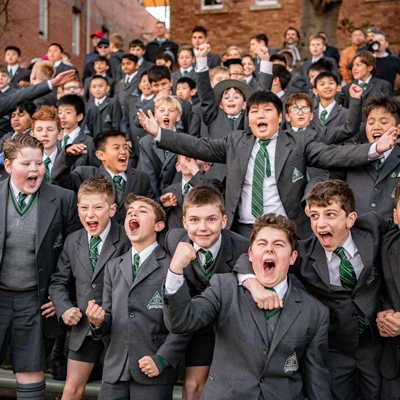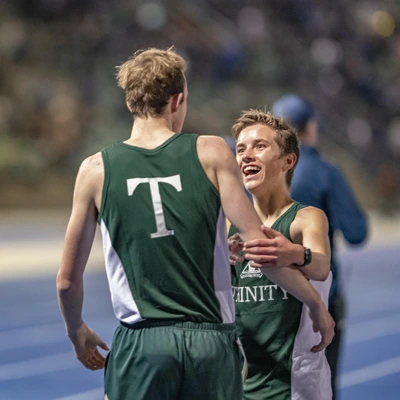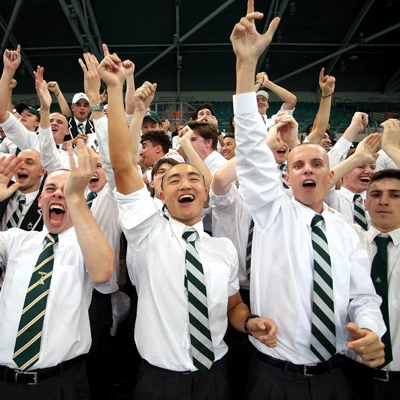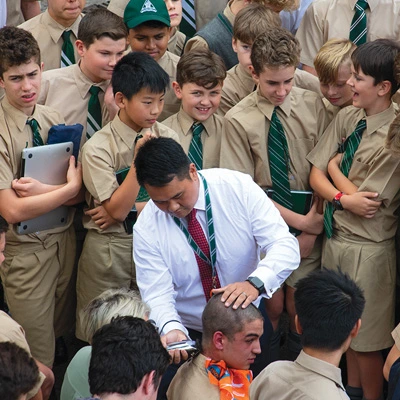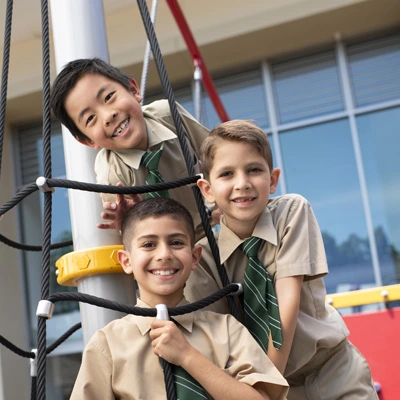Founded in 1913 by George Alexander Chambers to ‘meet a long-felt need of a Church secondary school in the Western Suburbs’, Chambers was driven by a Christian spirit of service and a desire to develop character, personality and leadership in the young men who attended. Trinity has always been about growing ‘the complete man’, focusing upon the mind, the body and the spirit.
“Educational development is a balanced one, relying upon the Chapel, the classroom, the playing field and the parade ground…”
James Wilson Hogg, Headmaster, Trinity Grammar School 1946
Twenty-nine boys were enrolled at the opening of the School year in 1913, and the number had reached 57 at the end of that year.
However, by 1942 the prospects for Trinity were so grim that it was decided to close the School. As a last attempt to save the School, the Council appointed J. Wilson Hogg as Headmaster in 1944.
Mr Hogg was an educational visionary; he moulded a school and made a reality of the hopes and aspirations of the Founder. When J. Wilson Hogg retired in 1974, Trinity was flourishing and had become one of the leading Independent schools in NSW.
In 1975 Roderick Ian West was appointed the School’s tenth Headmaster.
In his 21 years as Headmaster, Mr West presided over a most ambitious period of sustained growth for the School which brought it to international recognition.
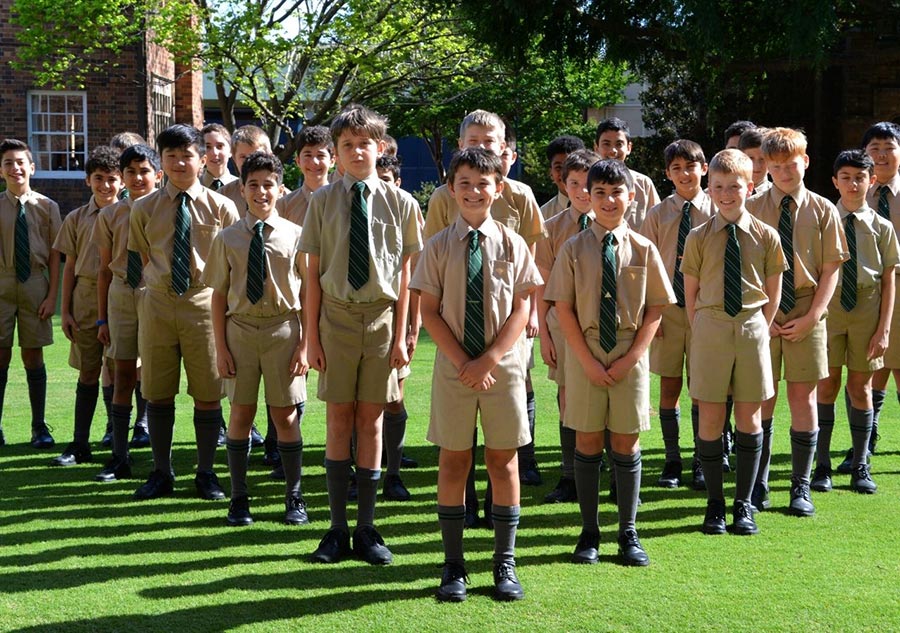
Mr Milton Cujes commenced as Headmaster in June 1996. An Old Boy of the School, School Captain in 1968 and then a teacher from 1972 to 1981, Mr Cujes returned to Trinity to lead the School into the new millennium. Since 1996 the School continued to thrive with 2000 students; taking on new initiatives; seeking challenges such as the International Baccalaureate, the Middle School concept, Founder’s Building complex, car parks, the Junior School and the Centenary Centre. He retired in December 2017 after almost 22 years as Headmaster.
The Reverend Timothy Bowden commenced as Headmaster in January 2018. Formerly Chaplain and Head of Christian Education, and later Head of Middle School at St Andrew’s Cathedral School and most recently Principal at Inaburra School since 2011.
History of Trinity Preparatory School at Strathfield
Sir Philip Sydney Jones built his family home ‘Llandilo’ in 1878 on a large property bounded by The Boulevarde, Albyn, Kingsland and Wakeford Roads, Strathfield. He lived there until his death in 1918. The property was then subdivided and a group of Strathfield residents headed by Rev F F Wheaton, a Congregational minister, bought the house to accommodate his growing school – Strathfield Grammar School – which was then located in Albert Road, Strathfield.
In 1926 Strathfield Grammar School was offered for sale and purchased by Trinity Grammar School. Strathfield Grammar School and Trinity Grammar School continued to function as separate establishments until the end of 1931, when boys from Strathfield Grammar School were incorporated into Trinity.
From 1932 until 1937 classes for boys of all ages (except some science classes) took place at Strathfield, with the boarders, who resided at Summer Hill, travelling on the School bus from Summer Hill each day. The bus also transported boys to Summer Hill for sport.
1938 saw the secondary School classes relocating to Summer Hill and the Strathfield campus being established as the Preparatory School for K-6 boys.‘Lauriston’, a large house on the corner of The Boulevarde and Margaret Street, Strathfield, was leased by Trinity from the Vickery family in 1946 as a Preparatory School boarding house and was used during the day as the Sub-Primary school.
In 1951 ‘Lauriston’ was purchased, but by 1967 it had been sold, as a Junior boarding house was no longer required.
‘Milverton’ – a house closer to ‘Llandilo’ – had been purchased from Dr Hotton in 1966 for the Sub-Primary school. ‘Milverton’ could be accessed from ‘Llandilo’ by a right of way that ran along the rear of the neighbouring ‘Somerset’ property.
In 1991, following the death of Lady Joske, whose first husband, James Larcombe, had built ‘Somerset’ in 1923, the School was able to buy this property. Extensions to ‘Milverton’, opened that same year, enabled all Pre-K to Year 2 classes to be located at ‘Milverton’.
A Master Plan for the Strathfield Campus led to the opening of a Sports and Music Centre in 2005, and the housing of all Years 3-6 classes in ‘Llandilo’, along with a new Staff Common Room and the renovation of ‘Somerset’ for use as an Administration Area and Sick Bay. Further construction was completed in 2010 creating a new Library in the Common Room undercroft which was linked into ‘Llandilo’, and a new Multi-Purpose Classroom / Hall facility built to the east of ‘Milverton’.
The Llandilo Development, completed in 2021 year, added a bespoke, Year 5 and 6 Learning Centre to the site.
History of the Trinity Junior School at Summer Hill
In 1945 the then Headmaster, Mr James Wilson Hogg, introduced a Junior School to the Summer Hill Campus.
It commenced with 35 boys in Term 3 of that year and relieved the pressure on the Preparatory Campus whose students outnumbered the secondary students at Summer Hill. The Junior School, in various arrangements of classes and with up to 78 boys, continued at Summer Hill until 1956, when all the primary school boys were relocated to the Preparatory School at Strathfield.
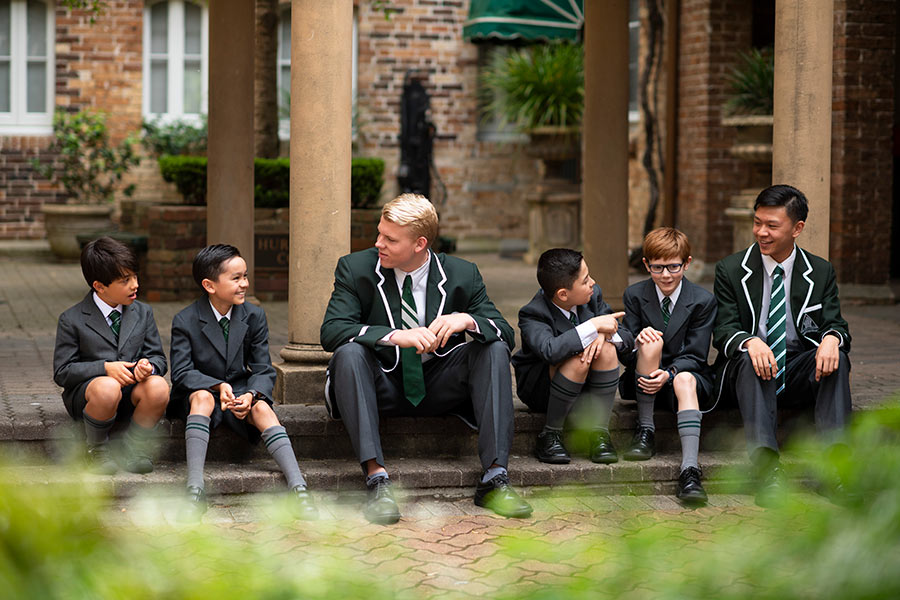
The Junior School recommenced with 72 Year 3 to Year 6 boys in four classes located in temporary accommodation between No.1 Oval and No.3 Oval. In 2002 the School Council determined that the Junior School would become a permanent part of the educational profile at the Summer Hill Campus for the foreseeable future.
In 2003 the Junior School moved to permanent accommodation in the old Boarding House. In 2006, the Junior School commenced operation of an Infants Campus catering for Pre-School to Year 2 students on the previous St Thomas Becket Primary School site located in Thomas St, Lewisham.
During September and October 2012 the Junior School moved into a purpose-built facility on the Summer Hill Campus that incorporated K-6 Classes, with Pre-Kindergarten joining them from 2013. The new Junior School was Opened and Dedicated by The Right Reverend Robert Forsyth, Bishop of South Sydney, on 3 October 2012.
Since 2015, the Junior School has been a K-6 environment, with all Pre-Kindergarten classes operating at the Preparatory School.
History of the Field Studies Centre and Outdoor education program at Trinity
Trinity has had a heritage of outdoor education from its earliest days, and has long held the education philosophy of ‘mind, body and spirit’. Vacation camps, bushwalks, Scouts, Crusader camps, ski trips and Cadet bivouac were all present in its first decades, but all these activities were voluntary.
The Outward Bound movement and Duke of Edinburgh (DOE) Award had spread to Australia by the end of the 1950s and in the 1960s there is evidence that they were beginning to influence Trinity. By the late 1960s, Trinity boys were undertaking the DOE Award through Scouts and in 1972, it became the basis of the School Cadet Unit training.
The concept of ‘outward bound’ present in the School under Mr Hogg was more fully embraced and articulated when Roderick West was appointed as Headmaster in 1975. In that year participation in the DOE jumped from 30 to 180 . The inaugural School Handbook (1977) produced by Mr West quoted Hahn’s oft stated principle “We cannot coerce a boy into an opinion, but it is our duty to coerce him into an experience” as the basis for the co-curricular offering at Trinity. The upshot of this was that some form of ‘outward bound’ activity was compulsory for all Year 8, 9 and 10 boys – either Cadets, DOE, Church of England Boys Society (CEBS), Scouts, the School (Cadet) Band or the Bushwalking Club. Over the next forty years, a greater variety of co-curricular activities were introduced, but some experience of Cadets remains almost universal for the Trinity boy.
When Trinity was offered a rural property on the Abercrombie River in 1986, it was not surprising that the possibility to have its own outdoor education facility was grasped by Mr West. He initially conceived of groups of sixty Year 9 boys residing at the site for a ten-week period for a programme with academic and outdoor dimensions, farming experience and opportunities for personal and spiritual development. By the time Pine Bluff was opened in October 1993, it had become a five week sojourn comprising a four week academic programme with an outdoor challenge in the final week.
Pine Bluff continued to offer this type of experience for the next twenty years until the site was sold by the School in 2014 and replaced by the Woollamia Field Studies Centre opened in 2016.
The Year 9 programme at Woollamia was set to be extended to a term’s stay in Term 4 2020 before the COVID19 epidemic occurred; it was delayed until Term 4 2021.

